Xanthone
Synonym(s):9-Xanthenone;Xanthone
- CAS NO.:90-47-1
- Empirical Formula: C13H8O2
- Molecular Weight: 196.2
- MDL number: MFCD00005060
- EINECS: 201-997-7
- SAFETY DATA SHEET (SDS)
- Update Date: 2024-12-18 14:08:52

What is Xanthone?
Description
Xanthone is a compound that has been shown to have a significant cytotoxicity against HL-60 cells and to inhibit the cyclase enzyme. It also inhibits the protein production of mcl-1, which is necessary for the development of cancer cells.
Chemical properties
off-white powder
The Uses of Xanthone
Xanthone is used predominantly as oxygenated polycyclic aromatic compounds, and as a vasorelaxant. It can be used as a fluorescent agent, as well as an intermediate in organic synthesis and chemical research.
The Uses of Xanthone
Acts as an inhibitor of human cancer cell lines.
What are the applications of Application
Xanthone is a predominant oxygenated polycyclic aromatic compounds, vasorelaxant and larvacide
Definition
ChEBI: The parent compound of the xanthone class consisting of xanthene bearing a single oxo substituent at position 9.
Definition
A colorless crystalline organic compound found as a pigment in gentians and other flowers. It is used as an insecticide and in making dyestuffs.
What are the applications of Application
Xanthone has antiinflammatory activity and can be used in treating infectious diseases such as tuberculosis, malaria, and leprosy. The biological properties of it are shown by its ability to scavenge anion radicals and to act as a fluorescence probe for coumarin derivatives.
Synthesis Reference(s)
The Journal of Organic Chemistry, 37, p. 4204, 1972 DOI: 10.1021/jo00798a059
Purification Methods
It has also been recrystallised from n-hexane three times and sublimed in vacuo. [Saltiel J Am Chem Soc 108 2674 1986]. [Beilstein 17 H 354, 17 I 190, 17 II 378, 17 III/IV 5292, 17/10 V 430.]
Properties of Xanthone
| Melting point: | 172-174 °C(lit.) |
| Boiling point: | 349-350 °C730 mm Hg(lit.) |
| Density | 1.1607 (rough estimate) |
| refractive index | 1.6000 (estimate) |
| Flash point: | 350-351°C |
| storage temp. | Sealed in dry,Room Temperature |
| solubility | Chloroform (Slightly), Methanol (Slightly, Heated) |
| form | Solid |
| form | neat |
| color | White to Light Purple |
| Water Solubility | It is Soluble in water (partly), chloroform, hot Toluene, ether (slightly), and hot alcohol. |
| Merck | 14,10062 |
| BRN | 140443 |
| Stability: | Stable. Incompatible with strong oxidizing agents. |
| CAS DataBase Reference | 90-47-1(CAS DataBase Reference) |
| NIST Chemistry Reference | Xanthone(90-47-1) |
| EPA Substance Registry System | 9H-Xanthen-9-one (90-47-1) |
Safety information for Xanthone
| Signal word | Danger |
| Pictogram(s) |
 Skull and Crossbones Acute Toxicity GHS06 |
| GHS Hazard Statements |
H301:Acute toxicity,oral H315:Skin corrosion/irritation H319:Serious eye damage/eye irritation |
| Precautionary Statement Codes |
P301+P310:IF SWALLOWED: Immediately call a POISON CENTER or doctor/physician. P305+P351+P338:IF IN EYES: Rinse cautiously with water for several minutes. Remove contact lenses, if present and easy to do. Continuerinsing. |
Computed Descriptors for Xanthone
| InChIKey | JNELGWHKGNBSMD-UHFFFAOYSA-N |
Xanthone manufacturer
AVIGYABIOSCIENCES PRIVATE LIMITED
New Products
(S)-3-Aminobutanenitrile hydrochloride 4-Methylphenylacetic acid N-Boc-D-alaninol N-BOC-D/L-ALANINOL Tert-butyl bis(2-chloroethyl)carbamate 3-Morpholino-1-(4-nitrophenyl)-5,6-dihydropyridin- 2(1H)-one Furan-2,5-Dicarboxylic Acid Tropic acid 1-Bromo-3,5-Di-Tert-Butylbenzene S-2-CHLORO PROPIONIC ACID ETHYL ISOCYANOACETATE 2-Bromo-1,3-Bis(Dimethylamino)Trimethinium Hexafluorophosphate 4-IODO BENZOIC ACID 3-NITRO-2-METHYL ANILINE 1-(2,4-DICHLOROPHENYL) ETHANAMINE (2-Hydroxyphenyl)acetonitrile 4-Bromopyrazole 2-(Cyanocyclohexyl)acetic acid 4-methoxy-3,5-dinitropyridine 1-(4-(aminomethyl)benzyl)urea hydrochloride 2-aminopropyl benzoate hydrochloride diethyl 2-(2-((tertbutoxycarbonyl)amino) ethyl)malonate tert-butyl 4- (ureidomethyl)benzylcarbamate Ethyl-2-chloro((4-methoxyphenyl)hydrazono)acetateRelated products of tetrahydrofuran


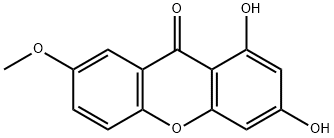
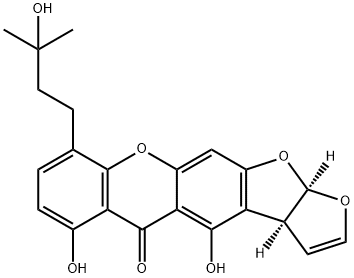
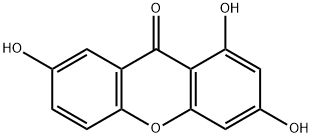

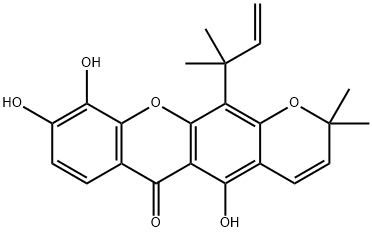

You may like
-
 Xanthone 98% CAS 90-47-1View Details
Xanthone 98% CAS 90-47-1View Details
90-47-1 -
 Xanthone CAS 90-47-1View Details
Xanthone CAS 90-47-1View Details
90-47-1 -
 Xanthone 98% (GC) CAS 90-47-1View Details
Xanthone 98% (GC) CAS 90-47-1View Details
90-47-1 -
 Xanthone CAS 90-47-1View Details
Xanthone CAS 90-47-1View Details
90-47-1 -
 Xanthone CAS 90-47-1View Details
Xanthone CAS 90-47-1View Details
90-47-1 -
 Xanthone CAS 90-47-1View Details
Xanthone CAS 90-47-1View Details
90-47-1 -
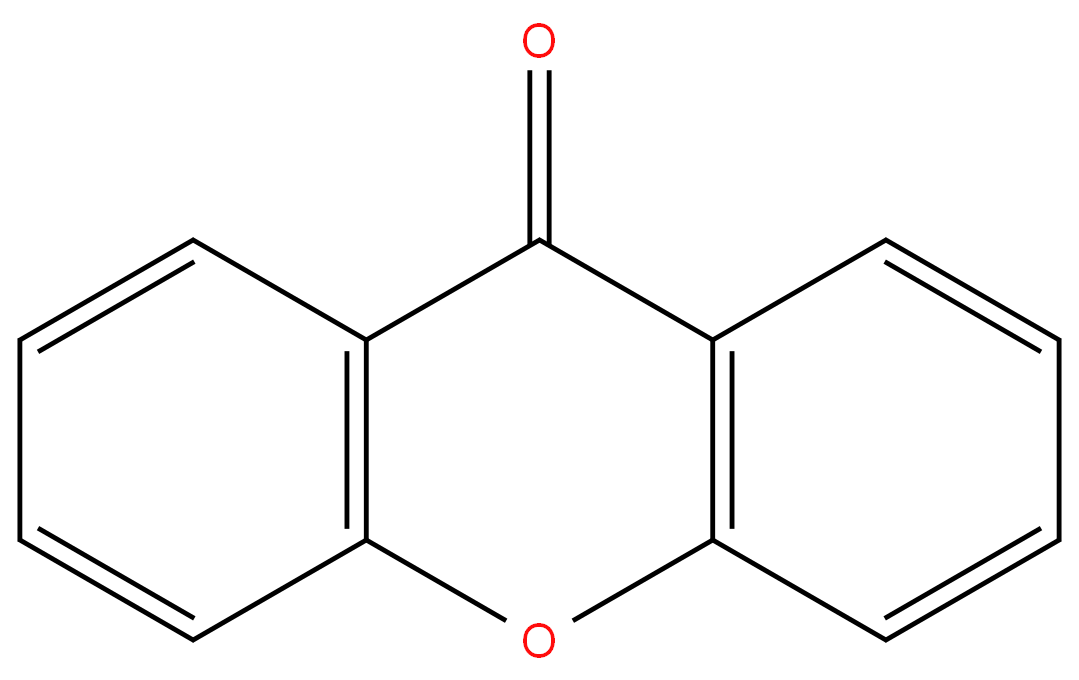 Xanthone 98%View Details
Xanthone 98%View Details -
 118753-70-1 98+View Details
118753-70-1 98+View Details
118753-70-1